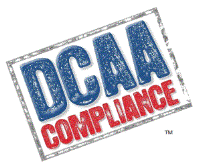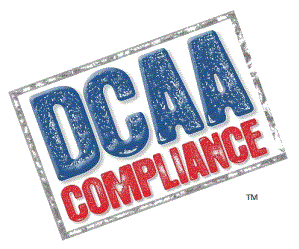Return on Investment (ROI) always proved a concept of limited value and extreme abstraction in government. How does one measure the ROI associated with a paratrooper sitting on the ground at the green ramp waiting to deploy in harm’s way? How is the ROI measured on a nuclear missile resting in its silo?
Several years ago, DCAA adopted ROI as one of its main arguments to defend (or excuse) the quantity and quality of their work to taxpayers. ROI was an alternative to other measurements such as audit productivity, down to 1.06 audits per year per auditor from 1.5 in 2012. Additionally, form your own opinion about the fact that DCAA wins only half of the fights that get past the auditors and are made by someone outside DCAA.
Let us not forget that one of DCAA’s critical missions, and long neglected by their own admission, is to prevent or reduce costs associated with cost findings by auditing by approving or disapproving contractor’s business systems. I argue that developing and subsequent auditing of a compliant accounting system is a major return on investment for both the contractor and government. I will point out that DCAA recently developed and launched new tools that make major strides in this area with preliminary checklist forms and new audit programs that I believe will greatly enhance DCAA’s future efforts in this area.
I question how DCAA measures ROI as they include forward pricing ‘savings’ in the calculation. This is a classic example of counting your chickens before the eggs hatch. If a contractor proposes $100,000 in fringe benefit costs and DCAA only approves $80,000, DCAA counts the $20,000 toward ROI. Unfortunately, when the year ends the contractor may discover the fringe costs proved $110,000 and bill the government for the $30,000 in difference. To further complicate the issue, the incurred cost submission may propose a different number and the subsequent audit even a fourth number[1].
The irony of all of this is the development of the ROI model contributed to DCAA’s current crisis, the continued replacement of DCAA as incurred cost proposal auditors by outside accounting firms. ROI is now a dangerous temptation in evaluating ‘independent” accounting firms’ “success” in auditing incurred cost proposals.
In recent testimony before Congress, Industry complained that DCAA acted more like a collection agency than auditors. Imagine our response if this becomes formalized as commercial contractors are awarded contracts on their promises regarding return on investment.

[1] There is no indication that DCAA follows the potential saving through the entire chain. First, they do not report how they calculated the ‘savings’ and given the incurred cost proposal backlog of years, one would wonder about the practicality of going beyond the simplest and first number.
